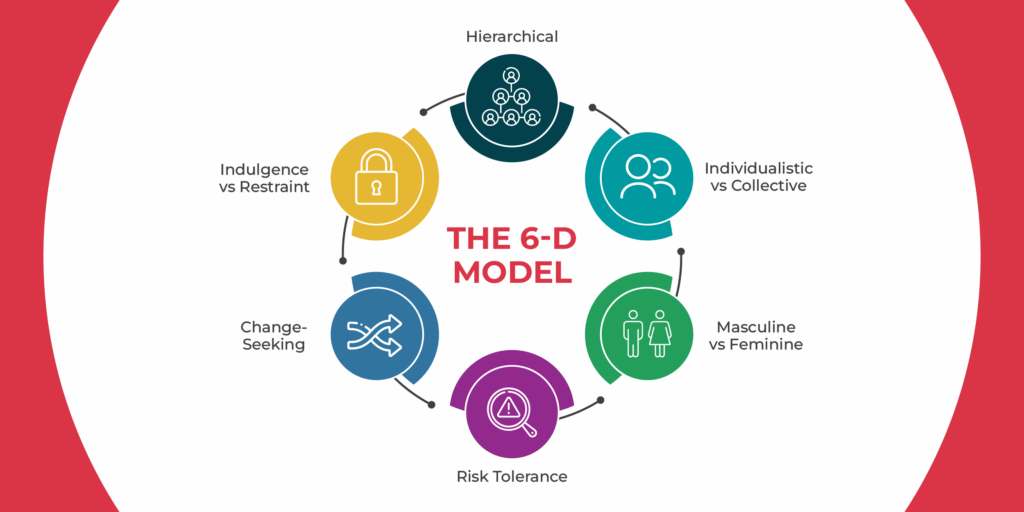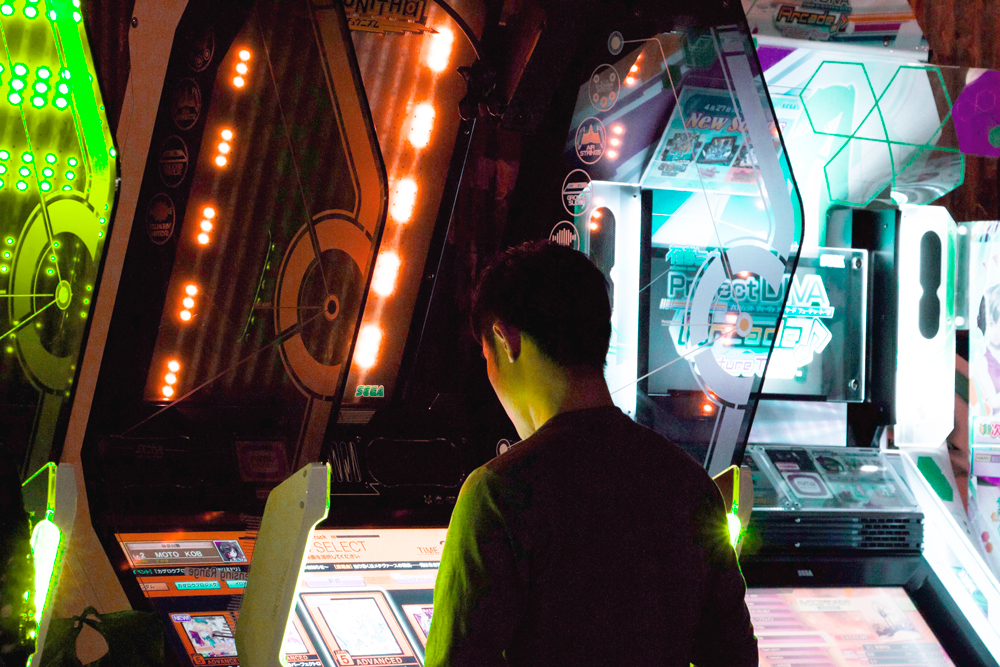The video gaming market in Japan is the third-biggest in the world, generating over $22 billion in sales in 2021. Apart from being the home of masters of the gaming universe, such as Nintendo, its sheer size alone makes Japan a critically important market for gaming companies that want to fully exploit their total addressable market, on a global scale.
But Japanese gamers are somewhat different to those in any other country in the world and trying to launch a game without doing the appropriate UX research can be very risky. Getting ‘on the level’ is all about understanding culture, and the obvious language barriers are far from the only obstacles. For example, what looks like a great UI to foreign eyes may not be received the same way in Japan. And conversely, what appeals to Japanese eyes may appear to indicate a poor user experience to foreigners. There are certain aesthetic preferences that are hard to duplicate. It’s useful to at least know what those are if you want to understand the way that people react to your creative execution. Cultural differences also impact how users perceive and interact with a game in the process of playing it, making it important to understand what constitutes a great user experience for Japanese gamers.
Localization, which goes way beyond translation, is key to creating an effective gaming experience – and this needs to be based on properly conducted UX research. The methods in the UXR toolkit form a critical set of resources to getting quality iterative feedback to improve the likelihood of your game being successful. Developing a well-adapted game for the Japanese gamer requires an innate level of familiarity and experience with the culture and ongoing open-mindedness to discovery and imagination. Conducting user research with the right partner with a diverse team who understands Japanese culture as well as foreign cultures can make all the difference in transcending the issues that arise in adapting games so that they are well accepted.
Understanding how people of different cultures interpret messages, process experiences, and make decisions is critical to meeting user expectations. Frameworks such as the 6-D Model, which measures the degree to which a culture is hierarchical, individualistic or collective, values masculine or feminine traits, tolerates risk, seeks change, and restrains or indulges gratification, can help provide cultural context. When the context is paired with the expertise of an in-country experienced UX research team, this results in meaningful testing both pre and post-market launch.

Japanese culture, for example, with its significant differences from foreign cultures, mean it is critical to develop a UX plan that integrates respectful understanding of our differences. For instance, in what may be a surprising fact, many gamers in Japan may not feel comfortable identifying in a group called ‘gamer’, but that does not mean they do not exhibit the behaviors, including spending significant amounts of money and time on their pastime. Risk aversion among Japanese people is high, and gamers are no exception often preferring solo games to avoid the risk of being the anchor on a team, as well as the myriad of social complications that arise from group dynamics. Gaming is often a means to connect socially with people they already know, and the rise of social gaming accelerated by Covid highlights the need to continuously test and understand changing user behavior.
On a practical note, face-to-face user testing in Japan presents unique challenges. For example, what takes a single day in Shanghai may take longer in Tokyo. Further, it makes sense to review the specified age brackets in a user study as the age dynamics among gamers in Japan might be different to your market. Home interviews and gaming labs, need to be tailored to the nuances of the Japanese gaming world, with its subcultures within subcultures. This requires super-creative and resourceful recruitment along with competent localisation of discussion guides and great moderators who know how to relate to Japanese gamers.
UX market research is essential to developing a successful gaming experience in Japan, the third-biggest gaming market in the world. Understanding and respecting the local culture and conducting user research with the right partner are critical keys to creating an effective UX plan that meets user expectations and drives better user experiences.
Our goal is nothing less than to help you create a successful partnership between your brand and the people who trust it.
Contact UsCheck out our Gaming Case Studies

Understanding Gaming Behaviour and Play Testing in Japan

Mobile Gaming Segmentation Study (Internet Survey)

Tokyo Gaming Safari

In-home Gamer Study

Mobile Gamers Habit and Preference Study


